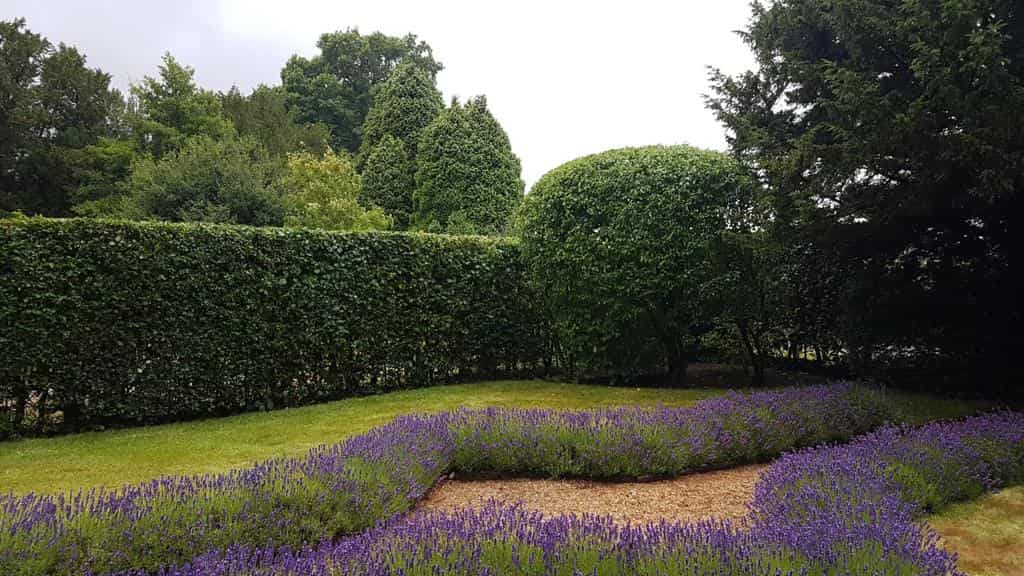Tree surgery, when done correctly, can improve the health, safety, and appearance of your trees. However, when attempted by homeowners without the necessary knowledge or tools, it can lead to unintended damage and long-term consequences. At LM Tree Surgery Haslemere, we’ve seen the results of DIY tree surgery gone wrong, and we’re here to help you avoid common mistakes. Here’s a look at some of the most frequent errors homeowners make and how to avoid them.
1. Improper Pruning Techniques
One of the most common mistakes is improper pruning. Homeowners may over-prune, cut branches too close to the trunk, or leave stubs. These mistakes can weaken the tree, leave it vulnerable to disease, and affect its structural integrity.
How to Avoid It: Pruning should always be done with the right technique. A professional tree surgeon will know how to make the right cuts at the correct points, ensuring the tree remains healthy and strong. Regular but minimal pruning is best, and cuts should be made just outside the branch collar to promote healing.
2. Topping the Tree
Topping, or cutting off the top of a tree to reduce its height, is another frequent error. While this may seem like a quick fix, it can harm the tree’s structure and lead to weak, unstable regrowth that is prone to breakage.
How to Avoid It: Instead of topping, crown reduction is a much healthier alternative. This technique maintains the tree’s natural shape while reducing its size in a way that supports its overall health and stability.
3. Ignoring Tree Health
Many homeowners focus on aesthetics rather than tree health. Cutting off too many branches or failing to recognise signs of disease or pests can put the tree at risk.
How to Avoid It: Always prioritise the health of the tree over appearance. Regular inspections by a professional tree surgeon can help identify health issues early and ensure that any pruning or cutting is done with the tree’s health in mind.
4. Using Improper Tools
Tree surgery requires specialised tools, and using the wrong equipment can cause damage to the tree or even pose a safety risk to the homeowner. Dull or inappropriate tools can result in ragged cuts that take longer to heal, increasing the risk of disease.
How to Avoid It: A professional tree surgeon has access to the correct tools and the experience to use them safely. Avoid using makeshift equipment or outdated tools for tree care, as this can lead to further complications.
5. Not Considering the Tree’s Growth
Homeowners often make cuts without considering how the tree will grow in the future. Poor planning can lead to imbalanced or weak growth, making the tree more susceptible to wind damage or breakage.
How to Avoid It: An experienced tree surgeon will take into account the long-term growth of the tree, ensuring that any cuts promote a balanced and structurally sound canopy. Proper planning is essential for maintaining the tree’s overall health and stability.
6. Attempting Large Tree Removal Alone
Tree removal, especially for large trees, is a dangerous task that should never be attempted by untrained individuals. Felling a tree without the proper knowledge can result in severe injury or damage to property.
How to Avoid It: Always hire a professional for large tree removals. At LM Tree Surgery Haslemere, we use safe and effective methods to remove trees while minimising the risk to your home and surroundings.
7. Neglecting Aftercare
Even after tree surgery is complete, proper aftercare is necessary to ensure the tree heals and continues to thrive. Neglecting this step can result in weakened trees, increased vulnerability to pests, and slow recovery.
How to Avoid It: After any tree surgery, make sure the tree receives adequate water, protection from pests, and regular monitoring. A professional tree surgeon can provide guidance on the best aftercare for your trees.
8. Over-Pruning During the Wrong Season
Some homeowners are unaware that certain trees should only be pruned during specific seasons. Pruning at the wrong time can cause stress to the tree and increase the risk of disease.
How to Avoid It: Understanding the species of tree and its seasonal needs is crucial. For example, many trees should be pruned in late winter while they are dormant. A tree surgeon will know the optimal time to perform surgery for different tree species.
9. Failing to Account for Surrounding Structures
When cutting large branches or removing a tree, homeowners may overlook nearby structures, fences, or power lines. This can result in damage or even accidents.
How to Avoid It: A professional tree surgeon will always assess the surrounding environment and take precautions to avoid damage to property or injury. Safe and strategic planning is essential when dealing with trees in close proximity to structures.
Conclusion
Tree surgery may seem straightforward, but it requires expertise, precision, and the right tools to be done safely and effectively. Avoiding common DIY mistakes by hiring a professional tree surgeon ensures that your trees remain healthy, stable, and beautiful. At LM Tree Surgery Haslemere, we provide expert tree care services to help you maintain the safety and health of your trees. Contact us today for professional assistance and to book our services in Haslemere, Surrey.
Call us on: 01428 770 497
Click here to find out more about LM Tree Surgery Haslemere
Click here to complete our contact form and see how we can help with your tree’s needs.

